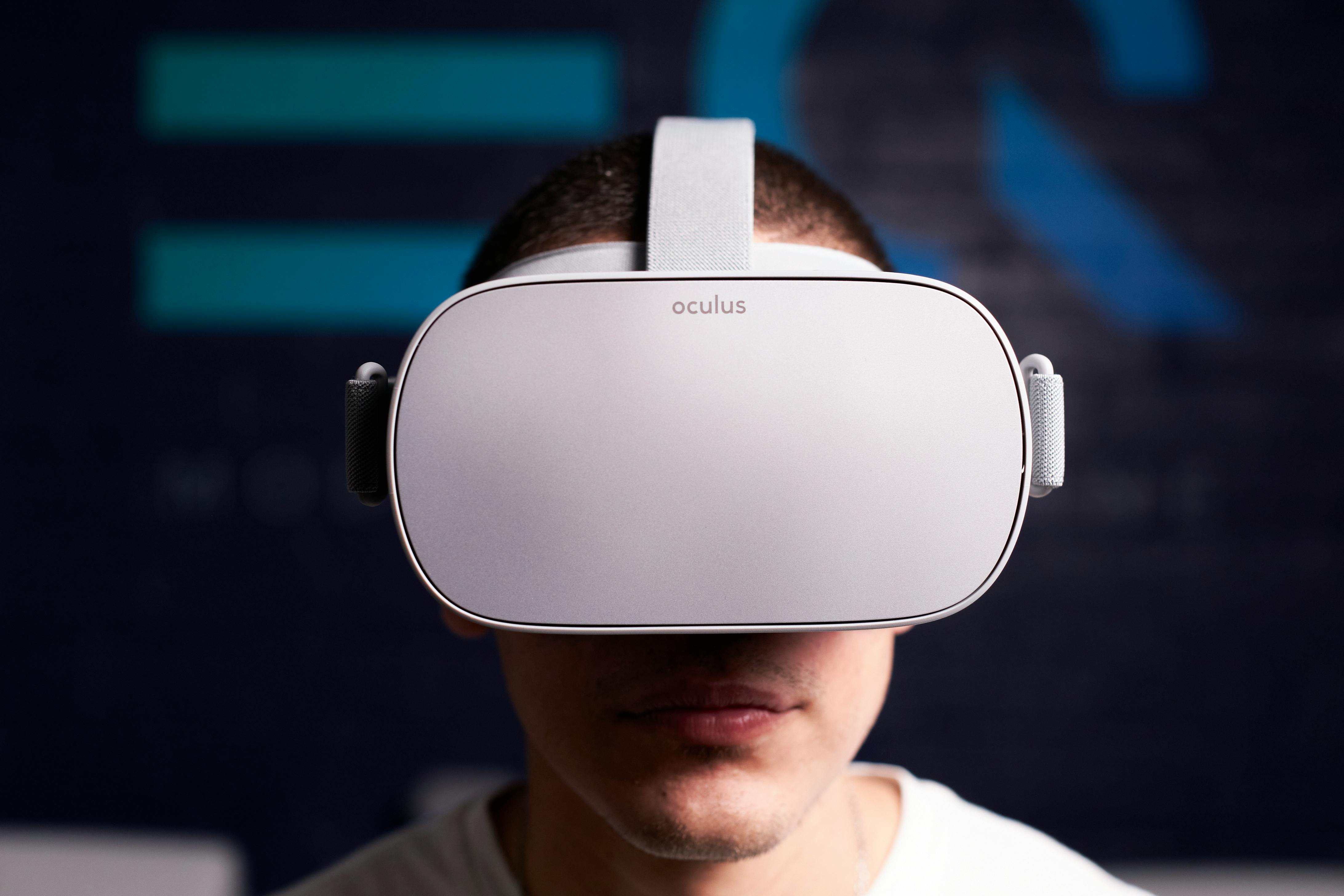Decoding the Potential of Telepresence in Today's Digital Era
The world of telecommunications is a dynamic one, continuously evolving and adapting to the demands of modern society. One newer development that is quietly but steadily gaining traction is telepresence. This technology, which uses a combination of high-definition video and audio to simulate face-to-face interactions, is changing the way we communicate and collaborate.

The Genesis of Telepresence
Telepresence is not a recent phenomenon. It traces its origins back to the 1960s when Ivan Sutherland, a computer scientist, posited the concept of “the ultimate display” - a virtual world that could be viewed through a headset. By the 1990s, telepresence had grown into a viable technology, with companies like Cisco and Polycom developing high-definition video conferencing systems that allowed people to interact as if they were in the same room.
Embracing the Digital Shift
Fast forward to today, and telepresence has become a critical tool for businesses. The COVID-19 pandemic has only accelerated its adoption, with organizations forced to find remote working solutions. It’s not just about facilitating communication; telepresence is about creating a sense of ‘being there,’ fostering closer connections between colleagues, and ensuring that the nuances of face-to-face interaction are not lost in translation.
Telepresence: Impact and Challenges
The impact of telepresence is far-reaching. It is revolutionizing sectors like healthcare, where remote consultations and surgeries are becoming increasingly commonplace. In education, it enables virtual classrooms, bringing together students and teachers from different geographical locations.
However, challenges persist. Despite advancements in technology, issues with video lag and audio quality can disrupt the immersive experience. Additionally, the cost of high-end telepresence systems can be prohibitive for smaller businesses.
Applications in the Real World
Despite these challenges, the practical applications of telepresence are impressive. In the corporate world, it is reducing the need for business travel, saving time and costs, and reducing carbon footprints. For remote or disabled workers, it opens up opportunities for inclusion and participation that might not have been possible before.
A Look into the Future
As we look towards the future, the role of telepresence in our daily lives is set to increase. With ongoing advancements in AR and VR technology, the line between the physical and digital worlds will blur further, creating more immersive and interactive experiences. It’s an exciting time for the world of telecommunications, and telepresence is just one of the many innovations leading the charge.
In conclusion, telepresence, despite its challenges, offers immense potential. As technology advances and businesses continue to adapt to the new normal, telepresence is set to become a standard feature of our digital lives, changing the way we communicate, collaborate, and connect.





